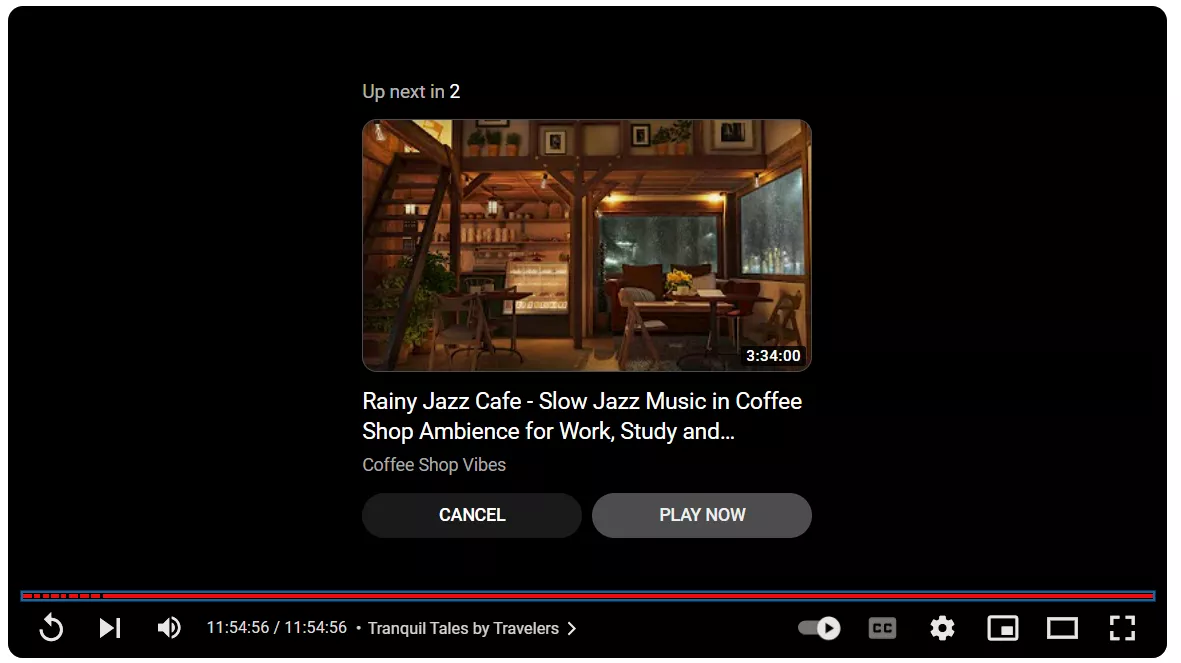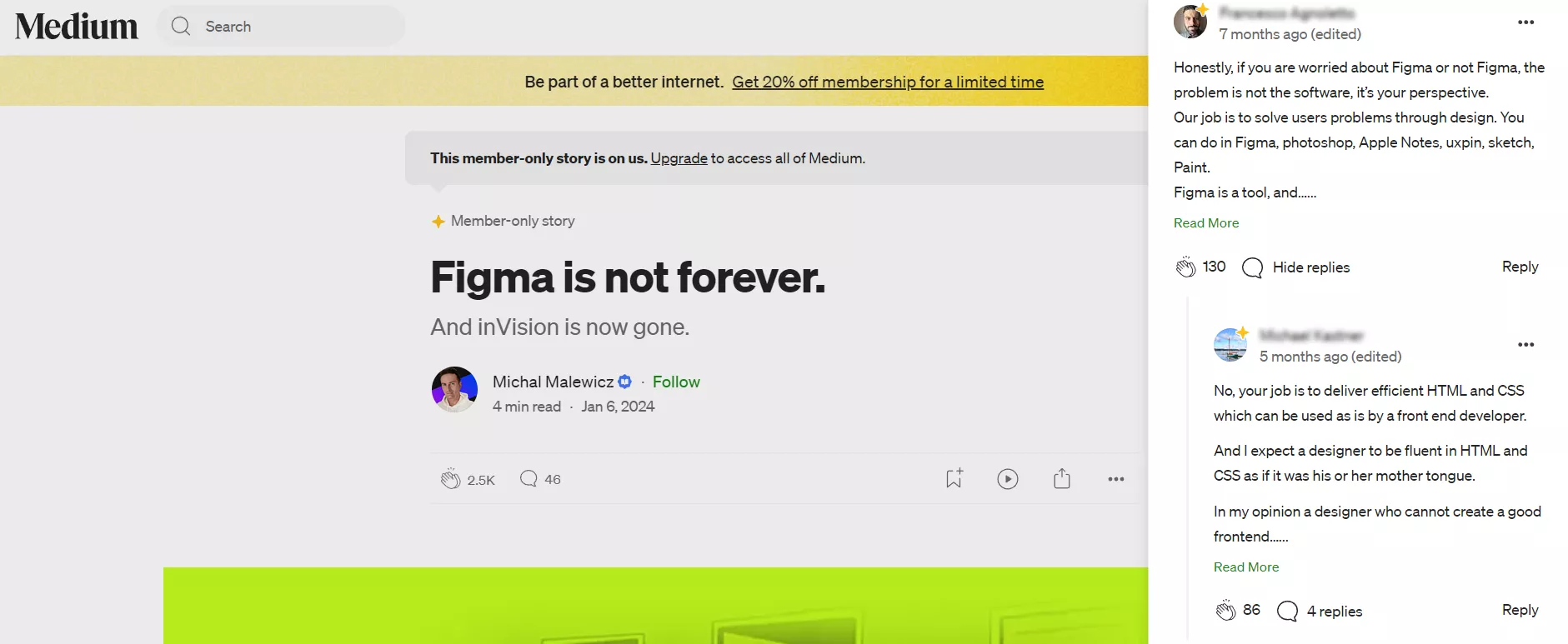What Is Website Stickiness, and How Is It Measured?
Stickiness is a metric that characterizes a site's ability to retain users and encourage them to return for repeat visits and interactions. Tracking it will allow you to increase conversions, improve SEO results, and increase profitability.
In this article, we'll look at the benefits of sticky websites, key factors that influence stickiness, methods of measuring it, and ways to increase stickiness.
Definition of a Sticky Website
A sticky website is a website that can capture visitors' attention and provide useful and engaging content. High stickiness will create a stable audience, increase audience engagement, and optimize marketing goals. In particular, it provides the following benefits:
- Improves brand awareness. Regular user interaction with the site increases brand awareness and contributes to its positive image.
- Increases customer loyalty. A sticky website will build a loyal audience that returns for new content or products, creating a stable customer base.
- Increases conversion rate. Users who spend more time on the site are more likely to perform targeted actions, such as purchases or subscriptions.
- Improves analysis and decision-making. Due to the large number of site visitors, a sticky site is able to provide more information about visitors. This can be used to study the audience more effectively and build marketing activities and strategies.
- Reduces the cost of acquiring new customers. It is cheaper to retain existing users than to constantly attract new ones, so a sticky site helps reduce marketing costs.
- Increases content marketing effectiveness. Engaged visitors are more likely to interact with the content, increasing its effectiveness and audience reach.
Key factors that influence website stickiness
1. Content quality
Relevant, interesting, and useful content keeps users engaged and encourages them to return. This increases engagement and time spent on the site.
Example: A news site that constantly updates news and publishes in-depth analytical content will attract visitors frequently and for long periods of time.
2. Ease of navigation
An intuitive site structure and a user-friendly interface make it easier for users to access the information they need. This increases the likelihood that users will spend more time on the site and explore other sections and content.
Example: An online store with well-organized product categories, clear filters, and easy-to-use search tools allows customers to quickly find the products they need, which encourages them to return.
3. Page loading speed
Reducing wait time improves the user experience, as visitors tend to leave sites that load slowly.
Example: A blog that uses Accelerated Mobile Pages (AMP) will load quickly on mobile devices. This will increase reader satisfaction and their willingness to return.
4. Mobile responsiveness
The growing number of mobile users makes responsive website design a necessity. A website that displays and functions well on smartphones and tablets encourages visitors to return.
Example: An online publication that has adapted its design for mobile devices makes it easy to read articles on smartphones. This increases reader engagement with the site.
5. Interactivity
Integrating interactive elements such as comments, quizzes, discussion boards, and communication opportunities encourages visitors to participate actively and creates a sense of community.
Example: An educational site that offers quizzes, video tutorials with comments, and forum discussion options motivates students to actively engage with the content, and they will return to participate in new discussions.
6. Content personalization
Personalized recommendations and content based on previous user actions make the experience more relevant and engaging. People are more likely to return to sites that offer them a personalized experience.
Example: A streaming service that recommends movies and TV shows based on the customer's viewing history creates a personalized experience for users to return to.
7. Reviews
Reviews and social interactions, such as having followers and likes, increase a site's credibility. People tend to trust a site with positive reviews and an active community.
Example: An online shopping platform that displays product reviews and ratings helps new visitors make purchasing decisions and encourages them to return to the site.
8. Regular updates
Frequent content updates keep users interested and encourage them to return to the site to check for new content.
Example: A technology blog that publishes daily news and analysis of the latest gadgets and technology developments attracts an audience that wants to keep up with the latest innovations.
How to make a website sticky
To increase the stickiness of your website, start by conducting a thorough analysis of the current state of the web resource. Understand the audience’s needs and identify key objectives. Then, take specific actions that will help increase user loyalty and keep them on the site.
- Create a logical, clear, and accessible navigation experience. Organize the menu so visitors can quickly find the information they need. Use drop-down menus for categories and subcategories. Place the search bar in a visible place.
- Create internal links to direct visitors to related articles or products. Include text links to other articles or sections of the site. Add "Related articles" or "Recommended products" blocks below the main content.
- Offer additional content that may be of interest to your audience based on what they have already seen. To do this, use related content widgets in sidebars or at the end of articles, or create a series of articles with a logical continuation of the topic.
-
Develop key pages that will be the main entry points to the website. Optimize pages with the most popular or important content. Create attractive landing pages for advertising campaigns.
-
Analyze competitors' sites to understand what elements attract users and how to improve your own site. Study your competitors' structure, content, and interactive elements. Use their best practices but adapt them to your site.
-
Invite visitors to communicate and share their experiences on the site. Add forums, comments, or chats. Organize contests and events to encourage participation.
-
Deliver personalized content and recommendations based on audience behavior and interests. Use data on views and purchases to create personalized offers. Use machine learning technologies to improve recommendations.
-
Use web analytics tools to measure engagement and retention. Track metrics such as session duration, number of pages viewed, and returning visitors. Analyze the data to identify pain points and improve the user experience.
How to measure website stickiness
To measure website stickiness, monitor your site’s user engagement metrics. You can choose the ones measured by the analytics system, or you can create and work with your own. These can be:
- Bounce rate
- Average session duration
- Pages per session
- Returning users
- Visit frequency
- Average time on page
- Click-through rate (CTR)
Use analytics tools to track the behavior of your website visitors, such as Google Analytics 4 or Hotjar.
Examples of sticky sites and what makes them sticky
YouTube is an excellent example of a sticky site. Its main sticky tools:
- Personalized recommendations, which is an algorithm that suggests videos based on a visitor's views.
- Autoplay, where videos are played one after another to keep users engaged longer.
- Comments and community, so people can leave comments and interact with each other.
Facebook is another similarly sticky site. It has users coming back and keeps them engaged by using the following techniques:
- Personalized news feed, content from friends, and helpful pages for visitors.
- Notifications and constant updates on friends' activities and pages.
- Groups and events. People can join interest groups and attend events, which increases engagement.
Amazon is an example of a sticky marketplace. It uses:
- Personalized recommendations and product suggestions based on previous purchases and reviews.
- Reviews and ratings as social proof to help you make a purchase decision.
- Prime membership, a loyalty program with free shipping and access to premium content.
Read more on how to promote products on Amazon.
The popular streaming service Netflix has its own sticky toolkit:
- Recommendation algorithms, which is a selection of movies and TV shows based on views.
- Automatic playback, where episodes start one after the other.
- Original content comprising exclusive shows and movies not available on other platforms.
The Reddit social network uses these features to increase stickiness:
- A rating system, voting on posts and comments, which increases their visibility.
- Subreddits, which are thematic communities where visitors can find content based on their interests.
- Comments and discussions, the ability to discuss topics and interact with other users.
Medium, the story publishing site, mainly uses these tools:
- Personalized recommendations, where articles are selected based on the user's previous views and preferences.
- Comments and reactions, so users can leave their feedback, react to articles, and therefore interact with the site and each other.
- High-quality content, as Medium is a platform for publishing articles by well-known authors and experts in various fields.
Conclusions
- Website stickiness is a critical aspect for businesses that want to establish a successful online presence.
- Creating a sticky site requires a comprehensive approach, which includes improving navigation, enhancing content quality, increasing mobile responsiveness, and encouraging interactivity.
- By measuring and analyzing user engagement, you can continually improve your site, increase its appeal, and retain your audience.
- Examples of sites with high levels of stickiness include YouTube, Facebook, Amazon, Netflix, Reddit, and Medium.
Related Articles
Display Advertising Effectiveness Analysis: A Comprehensive Approach to Measuring Its Impact
In this article, I will explain why you shouldn’t underestimate display advertising and how to analyze its impact using Google Analytics 4
Generative Engine Optimization: What Businesses Get From Ranking in SearchGPT
Companies that master SearchGPT SEO and generative engine optimization will capture high-intent traffic from users seeking direct, authoritative answers
From Generic to Iconic: 100 Statistics on Amazon Marketing for Fashion Brands
While traditional fashion retailers were still figuring out e-commerce, one company quietly revolutionized how U.S. consumers shop for everything from workout gear to wedding dresses









